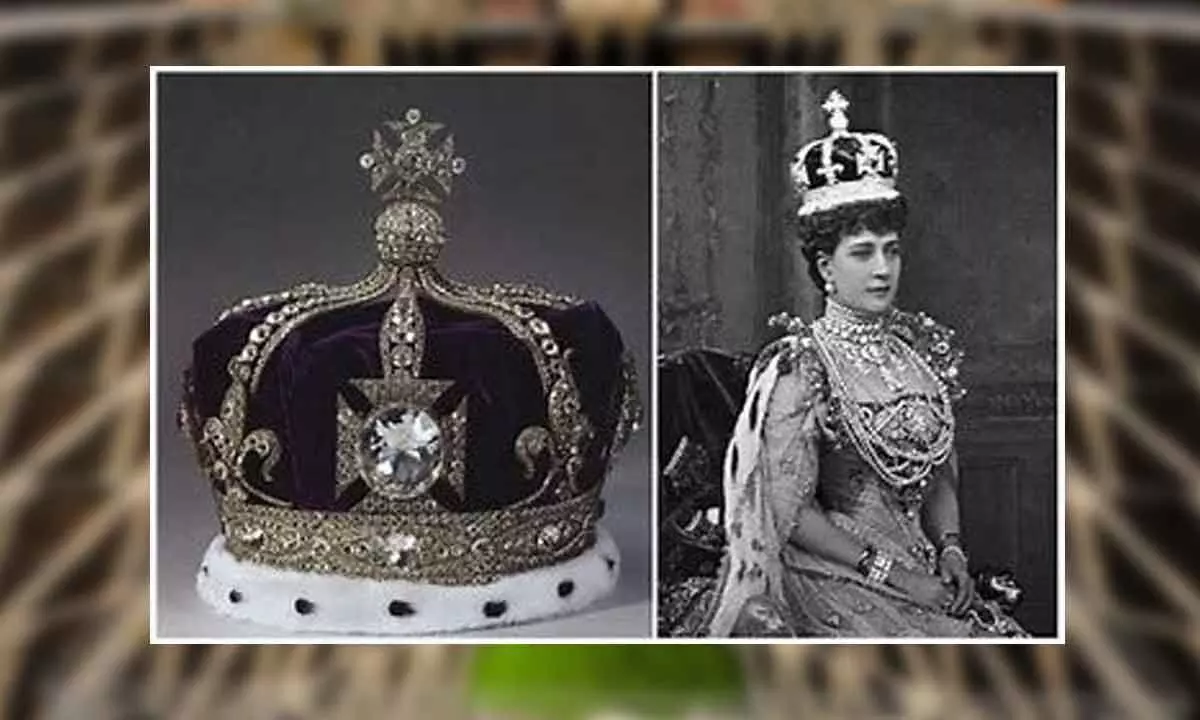Ancient Indian artefacts scattered around the world: Will they return home back?

Thousands of objects taken from India as war trophies, excavated loot, souvenirs and specimens for scientific study. Much of the heritage has escaped our borders, the Kohinoor, it still remains in the possession of Queen of England, it is only one sparkling example.
In the last 3 years, western museums, have started returning record number of antiquities-idols, busts, reliquary, religious objects, jewelry and weapons to former colonies and territories, as political and public pressures mount in nations on both sides.
Our nation, India has managed to bring to bring back around 212 artefacts back from foreign nations since 1975, the overwhelming majority of these returns effected by the Narendra Modi Government, which is prioritizing the repatriation of treasures obtained illegally from India.
Thousands of objects taken from India as war trophies, excavated loot, souvenirs and specimens for scientific study. Much of the heritage has escaped our borders, the Kohinoor, it still remains in the possession of Queen of England, it is only one sparkling example.
The art of steal
For few, that line is clear. " Any and every heritage item, taken from India without consent is illegal and must be returned to us", says Anuraag Saxena, co-founder of non-profit India Pride Project, which has helped the government identify artefacts that rightfully belong in India.
The moral argument has global backing, more than 100 nations have ratified a 1970 UN convention banning the trafficking of culturally significant items and they are endorsing the return of objects that were found or even suspected to have been stolen. India was among those nations.
There is global support for the idea, that these artefacts are best experiences in their intended locations as well as contexts. Buddha idols in their stupas, ceremonial swords in palace galleries and so on. They can potentially boost tourism and also provide tangible reminders of local history as well as culture.
Restitution might even save lives. A Study was conducted by Michael Chandler and Christopher Lalonde at the University of British Columbia in the year, 1998, the study suggests that, one of the factors which contribute to the high rate of suicide (sometimes 800 times higher than the average) among the Canada's indigenous First Nation People is cultural discontinuity. The absence of cultural continuity puts both individuals as well as communities at risk, states their report, published in the journal Transcultural Psychiatry.
Treasure Trial
Few of the India's most breathtaking antiquities, which reside in collections abroad acquired through sales, donors, cultural and diplomatic exchanges and occasionally, relic hunters. Here's what to check out on your travels.
The Nawanagar Ruby necklace
The French Jewellry house Cartier designed this platinum, ruby and diamond necklace for Maharaja Digvijaysinh of Nawanagar(present-day Jamnagar in Gujarat) in 1937. The oval and cushion-cut Burmese rubies were collected by King's predecessor, Maharaja Ranjitsingh. The necklace was sold to Cartier after independence, when erstwhile royals were allowed to retain their personal possessions but had to turn over immovable assets to the Indian govt.
Shah Jahan archery's ring
Shah Jahan (1628-1658) wore this ring, it made of gold, diamond and has got 21 rubies and 14 emeralds, he use to adorn the ring on the right thumb to protect it, while pulling a bowstring. The Diamond at the centre is 6 carats. The ring was among the treasures looted by the army of Nadir shah of Iran(1736-47). When they attacked the Mughal Empire in 1739. Few of the items, including this ring, were presented in a diplomatic gesture, to the Tsarina Elizabeth Petrovna of Russia in the year, 1741.
Sultanganj Buddha
This artefact was unearthed in Sultanganj, Bihar, in the year, 1861, during the construction of East Indian Railway. The 2.3 metre Gupta -Pala Period copper sculpture of the Buddha was shipped to Birmingham in the year, 1864 to inspire metalworkers there.
The charter of King Rajendra I
It weighs around 30 Kg and it dates back to the 11th century and its has got 21 copper plates and are held together by a massive bronze ring, bearing the seal of Chola King Rajendra I (1012-1042). Inscribed on the plates, in Sanskrit and Tamil, is the Chola Dynasty "lineage" all the way back to the Hindu God Vishnu and achievements of Rajendra I's Father Rajaraja I (985-1012).
Golden Throne of Maharaja Ranjit Singh
Ranjit Singh(1780-1839), founder of the Sikh empire, he preferred to sit on a carpet on the floor. He used this golden throne for state occasions. He commissioned in the year, 1820 and crated in wood and gold, it is shaped like a lotus. When the British East India company has annexed Punjab in the second Anglo Sikh War in the year, 1849, soldiers took the throne to England as the state property.
Amarvathi Marbles
Amaravati in the present-day Andhra Pradhesh was the site of a key Buddhist shrine in 200 BCE. The grand stupa featured 120 marble sculptures, inscribed railings, entryways and carved relief panels illustrating some of the jataka tales. Excavated in the year, 1845, the stupa was dismantled and majority of the pieces were shipped to London, just as the East India company was being solved.
British Museum, it has got dedicated Amravati Marbles gallery. Few excavated objects from Amaravati are at the government Museum in Chennai and are at small Museum in Guntur.
Tipu Sultan's Mechanical Tiger
Known simply as Tipu's Tiger, it is mechanical device made in the year, 1795 for the king of Mysore. The sultan himself as a tiger-the animal appeared in his emblem, signature and palace motifs. The artefacts depict a tiger attacking a European soldier, with sound effects of grunts, wails, flailing hands and all. It was part of the treasures taken to England when British East India Company stormed Tipu's palace in the year, 1799.















